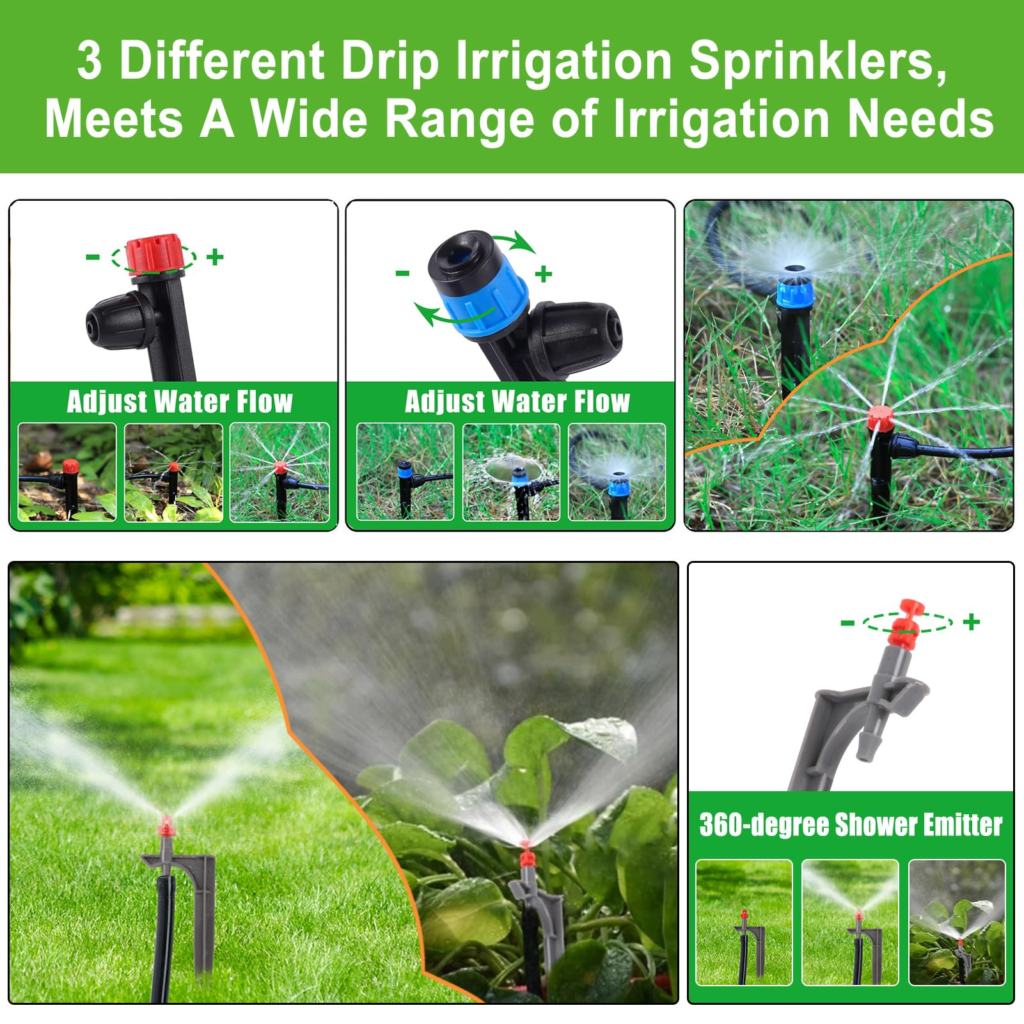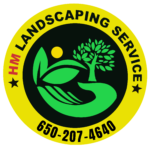



An irrigation system is a method of providing controlled amounts of water to plants, crops, or landscapes to help them grow. It is a vital agricultural and landscaping tool that helps optimize water use, ensuring that plants receive sufficient moisture for healthy growth while minimizing waste.
There are several types of irrigation systems, each suited to different environments, water availability, and types of plants. Below is an overview of common types of irrigation systems:
1. Drip Irrigation
Drip irrigation is a highly efficient system that delivers water directly to the plant’s root zone. Water is delivered slowly through a network of pipes, tubing, and emitters, minimizing water wastage due to evaporation or runoff.
Components:
- Emitters: Release water at a slow, controlled rate to plants.
- Mainline and Tubing: Transport water from the source to the plants.
- Filters: Prevent clogging by removing debris from the water.
- Pressure Regulator: Maintains proper water pressure.
- Timer: Allows for automated irrigation at set intervals.
Advantages:
- Water efficiency: Reduces water wastage.
- Suitable for all plant types, including trees, vegetables, and flowers.
- Can be used on slopes or uneven terrain.
2. Sprinkler Irrigation
Sprinkler irrigation involves using sprinkler heads to distribute water over a large area, mimicking natural rainfall. The system consists of pipes that connect to sprinklers or rotating heads.
Components:
- Sprinkler Heads: Spray water over the garden or field.
- Pipes and Hoses: Transport water from the source to the sprinklers.
- Pump (optional): Increases water pressure, especially for larger systems.
- Controller or Timer: Sets when and how long the sprinklers run.
Advantages:
- Ideal for large areas or lawns.
- Suitable for various plant types.
- Flexible installation with movable or fixed sprinkler heads.
Disadvantages:
- Water loss due to evaporation, especially in hot or windy conditions.
- May lead to overwatering or water waste if not monitored carefully.
3. Soaker Hose Irrigation
A soaker hose is a porous hose that allows water to seep out slowly along its length. The hose is laid on the soil surface, typically around the base of plants or in rows.
Advantages:
- Simple to install and maintain.
- Provides consistent and even watering to plants.
- Ideal for vegetable gardens, flower beds, and shrubs.
Disadvantages:
- Limited control over water distribution.
- Less efficient for large areas.
4. Flood Irrigation
Flood irrigation, also known as basin or furrow irrigation, involves flooding an entire field or garden with water. Water is allowed to flow across the ground and soak into the soil.
Advantages:
- Simple system; requires little technology.
- Suitable for flat fields or large agricultural areas.
- Cost-effective for large-scale operations.
Disadvantages:
- Can lead to water waste and inefficiency, especially in areas with water scarcity.
- May require more maintenance to manage water levels and drainage.
5. Surface Irrigation
Surface irrigation involves the movement of water across the soil surface, typically using gravity to spread water evenly. It can include furrow, border, or flood irrigation.
Advantages:
- Low energy requirements since gravity moves water.
- Simple and low-cost system for large agricultural fields.
Disadvantages:
- Requires even topography for effective water distribution.
- Not very water-efficient in arid regions.
6. Subsurface Drip Irrigation
Subsurface drip irrigation (SDI) is similar to drip irrigation, but the tubing or drip lines are buried below the soil surface. This system delivers water directly to the root zone at a controlled rate.
Advantages:
- Reduced evaporation and runoff.
- Efficient water delivery deep into the soil, encouraging deep root growth.
Disadvantages:
- More expensive and complex to install.
- Requires periodic maintenance to prevent clogging.
7. Center Pivot Irrigation
Center pivot irrigation is a method often used in large-scale agricultural fields. A rotating sprinkler arm, powered by a pivot system, sprays water over a circular area of land.
Advantages:
- Highly efficient for large, flat fields.
- Automated systems that can cover hundreds of acres.
- Uniform distribution of water across large areas.
Disadvantages:
- Expensive to install and operate.
- Limited to large-scale applications.
8. Mist and Fogging Systems
Mist and fogging systems create fine water droplets, often used in greenhouses or indoor gardening to provide moisture to plants in humid environments.
Advantages:
- Ideal for sensitive or delicate plants, such as orchids.
- Helps maintain a high level of humidity.
Disadvantages:
- Not suitable for large outdoor gardens.
- Requires careful control to prevent over-wetting or waterlogging.
Factors to Consider When Choosing an Irrigation System:
- Water Availability: Consider how much water is available and whether the system is water-efficient.
- Plant Type: Different plants have different water needs, so the system must match their requirements.
- Climate: Hot, dry climates may require more efficient systems like drip or soaker hoses, while cooler climates may allow for more traditional methods like sprinklers.
- Soil Type: The type of soil (clay, sandy, loamy) can affect how water is absorbed and how often it needs to be applied.
- Cost: Consider both the initial installation cost and ongoing maintenance costs.
- Land Size: Larger areas may benefit from sprinkler or center pivot systems, while smaller gardens are suited for drip or soaker hose systems.
Benefits of Irrigation Systems:
- Improved Plant Health: Regular, controlled watering ensures plants get the right amount of moisture.
- Water Conservation: Efficient systems like drip irrigation reduce water waste.
- Time-Saving: Automated systems allow you to water plants without manual effort.
- Cost Savings: Efficient water delivery reduces water bills in the long term.
- Flexibility: Systems can be customized for different plant types, garden sizes, and environments.
Maintenance Tips:
- Check for Clogs: Clean filters and emitters regularly to prevent blockages.
- Monitor Water Pressure: Ensure the pressure is within the recommended range for your system.
- Inspect for Leaks: Periodically check pipes, hoses, and emitters for leaks or damage.
- Adjust the System for Seasonal Changes: Watering needs may vary depending on weather conditions, so adjust the watering schedule accordingly.
By selecting the right irrigation system based on your specific needs, you can ensure that your plants receive optimal water and grow healthily while conserving water resources.
